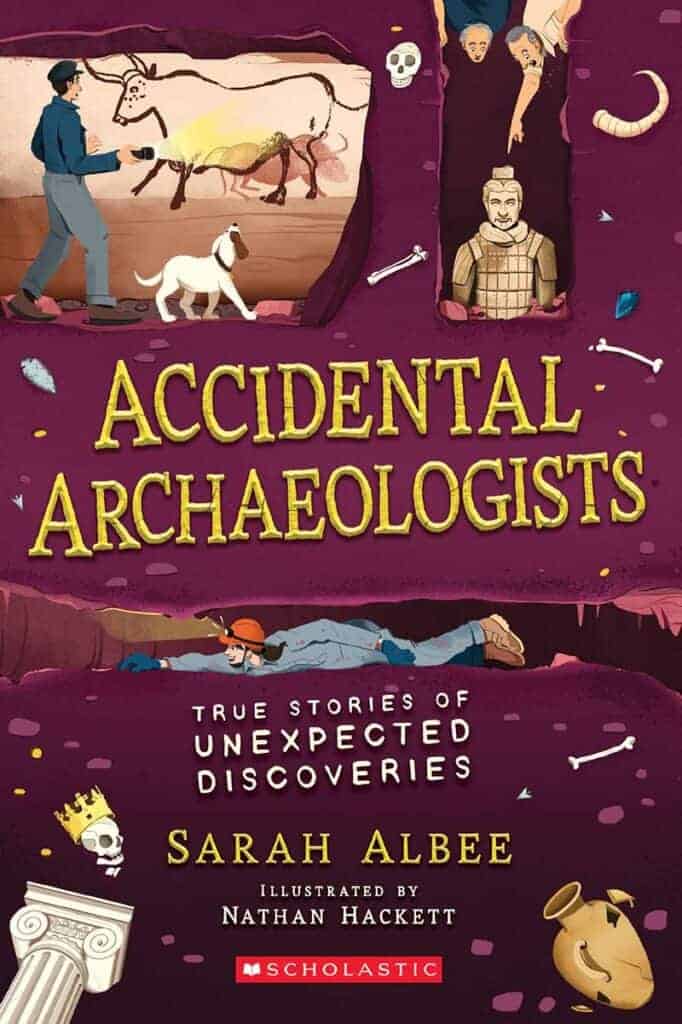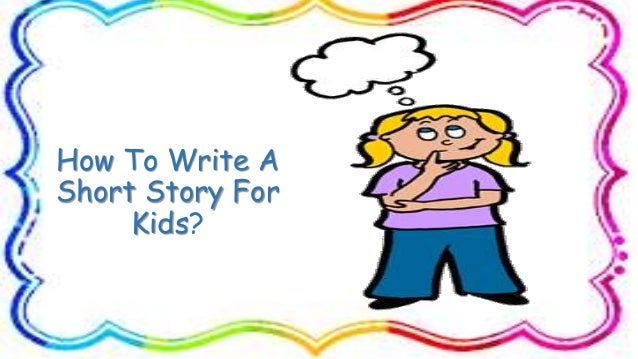NONFICTION INFORMATIONAL LITERATURE FOR INTERMEDIATE-AGE CHILDREN
Informational texts expose children to interesting facts, experiments, and systems that will help children develop real insight into the world around them. Nonfiction text often offers a table of contents, glossary, headings, photos taken with a camera, labels, tables, and diagrams. These informational elements allow children to connect with the information in order to comprehend the data presented. Selecting topics that interest the children is a reliable and straightforward way to ensure they interact with the nonfiction text. Literature and the Child (2017) states, "Topics such as plants, animals, and their habitats, dinosaurs, and the human body have remained popular [nonfiction themes] over the years (Galda et al., 2017, p. 163)."

BOOK SUMMARY
Accidental Archeologists: True Stories of Unexpected Discoveries by Sarah Albee is an engaging nonfiction text option for young children that includes photographs, informational inserts, and research-based knowledge about compelling discoveries.
BOOK EVALUATION
The text outlines incredible findings made by ordinary people on accident like Ancient Burial Grounds, Dead Sea Scrolls, and so much more. According to Literature and the Child (2017), quality nonfiction provides accurate and up-to-date facts about the topic presented (Galda et al., 2017, p. 156). One of the highlights of Accidental Archeologists: True Stories of Unexpected Discoveries is it offers updates on the findings. This addition to the text ensures the readers have the most reliable information. The quality images provided in the book show actual photos that help the audience form connections and understand the text in the book better. This is an informative and entertaining children's resource that could engage children in history topics.
MOTIVATIONAL ACTIVITY
1. Write A Short Story- Have children write a fiction short story as if they discovered something amazing. The children will get to use their imagination along with the information used to form deeper connections.

READER RESPONSE QUESTIONS
1. What would you do if you came across something unusual?
2. What is significant about these discoveries?
3. If you were an archeologist, what would you look for?
SIMILAR BOOKS
1. Wild Outside: Around the World with Survivorman by Les Stroud
2. Two Truths and A Lie by Ammi-Joan Paquette and Laurie Ann Thompson
3. Awesome Achievers in Technology by Alan Katz
References
Albee, S. (2020). Accidental archaeologists: True stories of unexpected discoveries. Scholastic Press, an imprint of Scholastic Inc.
Galda, L., Liang, L. A., & Cullinan, B. E. (2017). Literature and the child. Cengage Learning.
Katz, A. (2019). Awesome achievers in technology. Running Pr Book Pub.
Paquette, A.-J., & Thompson, L. A. (2018). Two truths and a lie. Walden Pond Press, an imprint of HarperCollins Publishers.
Stroud, L. (2021). Wild outside: Around the world with Survivorman. Annick Press.
Comments
Post a Comment